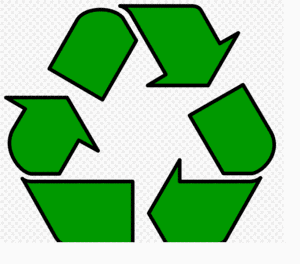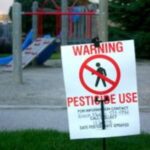Keep our Planet Green
Defining: Green Cleaning
Green cleaning: It is defined as cleaning up to defend health without bruising our environment. Our targets are to excrete or cut off the use of potentially harmful toxins and carcinogens and target to minimize resource ingestion through product substitutions and procedural changes. Green cleaning stress the environmental sustainability of cleaning operations and overall making health and does not solely evaluate making cleanliness based on appearance.Cleaning chemicals and health problems. Many broadly used cleaning products have serious adverse effects on the health of building occupants and janitors. Clean and Green reports that the average person spends about 90% of their day indoors, where air pollution can be up to 100 times greater than outdoor air.
A short-term health problem, caused by exposure to cleaning range hazardous products, varies from coughing to chest pain, eye irritation and diarrhea. While long run effects may include liver and kidney failure, emphysema, brain damage, cancer and even birth defects. According to Clean and Green, 11.6% of work-related bronchial asthma comes from cleaning products. Adding up with this, people who abide from multiple chemical sensitivity syndromes feel that low-level exposure to chemicals as cleaning products, causes them to feel sick.Cleaning chemicals and the environment
Cleaning products though, use for cleaning can itself badly harms the natural environment. Clean and Green says there are over 70,000 chemicals being use today, and fewer than 2% so far, have been undergone test for their effects on human and aquatic life. Clean and Green reports that Cleaning products are responsible for approximately 8% of non-vehicular emissions of volatile organic compounds, which can trigger respiratory problems such as asthma, contribute to smog formation, and inhibit plant growth.
Chemicals in cleaning products contribute to the toxic waste stream even when they are disposed of. Alkyphenol ethoxylates are endocrine disruptors such chemicals are slow to biodegrade and observed in the endocrine systems of fish, birds, and mammals. Other chemicals cause algal blooms in water bodies hazardous to aquatic life. Paper products and chemical waste
Actually, in traditional methods paper products were bleached with chlorine creates dioxin, a toxic chemical, it do not break down but accumulates in the environment, harming both humans and wildlife. Chlorine bleaching requires large quantity of water as a result; water became polluted as not at all usable. Paper products also harm the environment as virgin trees being slash down and use only once. Paper products also harm the environment, as virgin trees are being cut down for making paper and once used, and then disposed. By shifting from bleached to unbleached, or non-chlorine bleached, and to recycled content products having minimum packaging, the effects on the environment can be minimized.
The Green cleaning can prove to be a major achievement for many developing countries and gave them an unprecedented level of pollution free environment. It will represent the successful adaptation and transformation of the same scientific methods in green cleaning that the industrial countries are looking forward.
Sustainability at Harvard, “Clean and Green.” Medical HMS.


